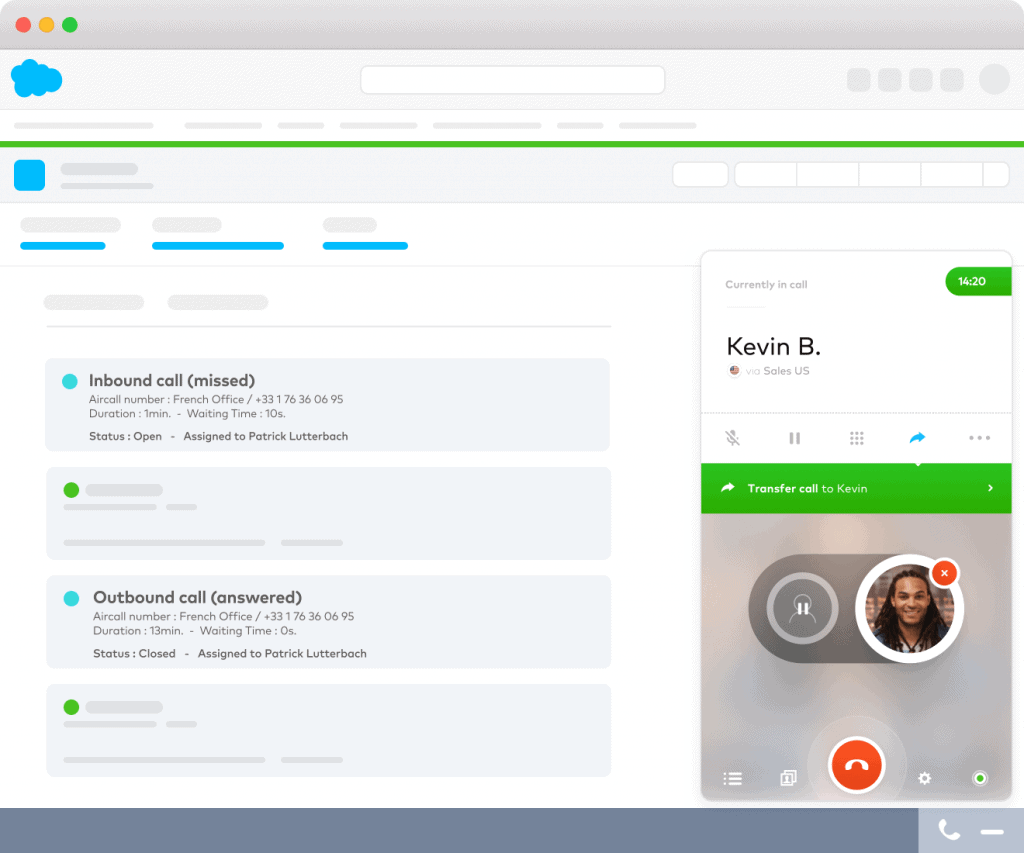Ready to build better conversations?
Simple to set up. Easy to use. Powerful integrations.
Get startedReady to build better conversations?
Simple to set up. Easy to use. Powerful integrations.
Get startedNobody likes to be misunderstood.
It’s a painful personal experience that can leave us feeling anything from anger and frustration to isolation and depression.
That’s what makes empathy so powerful.
A tiny dose of understanding, delivered at the right time, can save someone from sliding into despair and pull them closer to contentment.
Customer service directors know this well. That’s why they prioritize empathy in the hiring process. But the work doesn’t end at signing candidates with the right traits.
To embed empathy at the core of your customer service experience, you also need to clear the hurdles and build the systems that give great agents an opportunity to shine.
Customer Service Empathy Explained
Empathy is the experience of understanding another person’s condition from their perspective. There are two components underlying this concept.
Affective empathy is the ability to sense someone else’s emotions and respond appropriately. This primitive trait has been with us since before the birth of human language, and it helps us share everything from the grief of loss to the joy of victory without saying a word.
Cognitive empathy is the capacity to identify and understand someone else’s emotions. This is the element that enables us to take another person’s perspective and analyze its origins.
In the context of customer service, we display empathy when we mirror a caller’s mood, acknowledge the root of their problem, and provide a compassionate solution.
Structure Your Systems Using Their Perspective
There’s a common myth in customer service that suggests people hate automated phone menus. That’s not quite right.
What people actually hate is:
Verifying their identity in five different ways
Listening through four irrelevant options
Shouting the phrase “main menu” after three misdials
The problem there is tactics, not technology. Updating the structure and wording of an IVR menu could infuse the entire system with empathy.
A prompt to “press 2 if you’re experiencing call quality issues,” for example, immediately tells customers you’ve considered their point of view. (The same cannot be said of the live receptionist who greets callers with “hold for tech support.”)
So whether you’re setting call routing rules or creating an FAQ page, begin by analyzing what a customer who encounters that system it trying to accomplish.
Anticipating their needs and borrowing their language will help you start more service experiences from a positive place.
Push Context To Your Agents
Imagine you’re attending a cocktail party. The crowd is a mix of old friends and new acquaintances, but you already know everyone by name.
As you go to greet someone by the snack table, you see a cautious smile appear on their face.
“I’m sorry, I don’t believe we’ve met,” they say, politely extending a hand.
Except you have met.
Multiple times.
You talked to them for, like, two hours last weekend.
Anyway. That unmistakable blend of anger and embarrassment you’d feel introducing yourself again is similar to what customers feel when they repeat information they’ve shared with a company several times before.
So how do you prevent your employees from playing the role of absent-minded acquaintance? Stop making it so hard for them to find customer data.

Instead of forcing agents to switch between multiple channels and tools while customers wait, why not proactively push all the info they need into a single space? That way agents will have the context — and the precious extra seconds — they need to prepare a personalized response.
Expand Everyone’s Vocabulary
Some systems are programmed into technology. Others are programmed into people. One such example is the customer service script.
Managers favor scripts for several reasons. They ensure compliance in sensitive scenarios, accelerate agent training, and generally increase team productivity.
But strict adherence to scripts can be counterproductive at times.
Customers expecting personalized attention find canned responses disappointing at best and patronizing at worst. And from a purely operational perspective, forcing agents to follow a checklist of qualification questions may needlessly increase talk time.
As a result, empowering agents to go strategically “off-script” often enables them to get to the heart of the matter (and the customer) quicker.
But how do you strike the right balance between standardization and improvisation?
Focus on scenarios more than scripts.
Teach principles instead of procedures.
Treat customers as people rather than personas.
Because the ultimate value of your agents is not their ability to match patterns and recite scripts. It’s their ability to express empathy for an individual in a way that digital customer service tools can’t.
Published on October 9, 2017.


